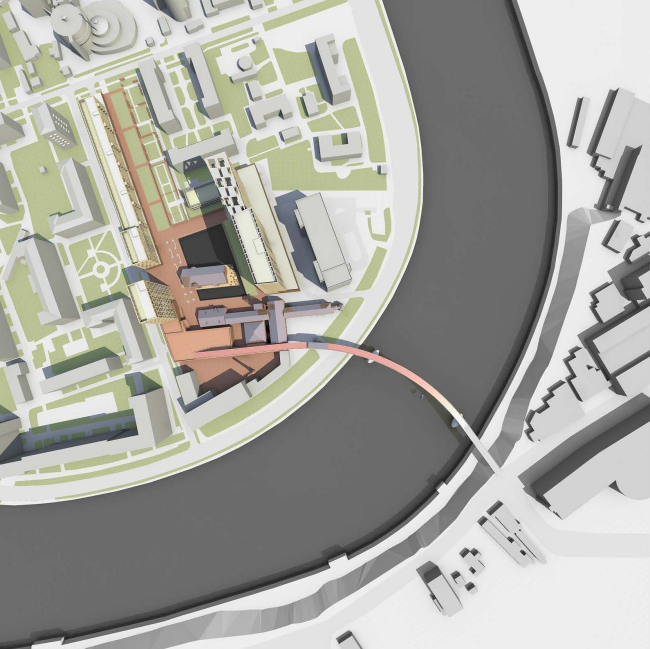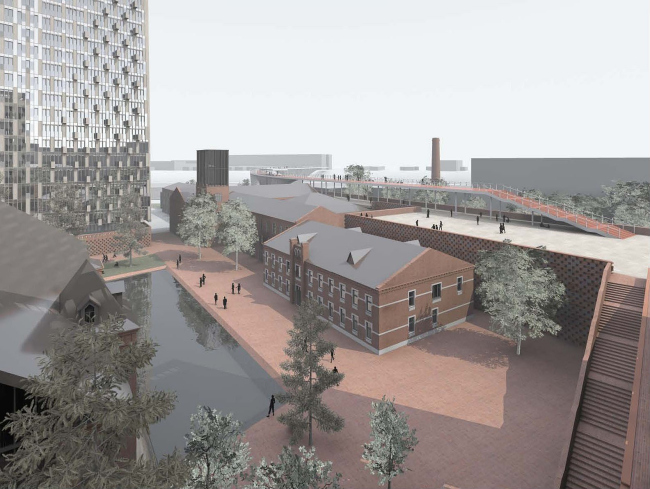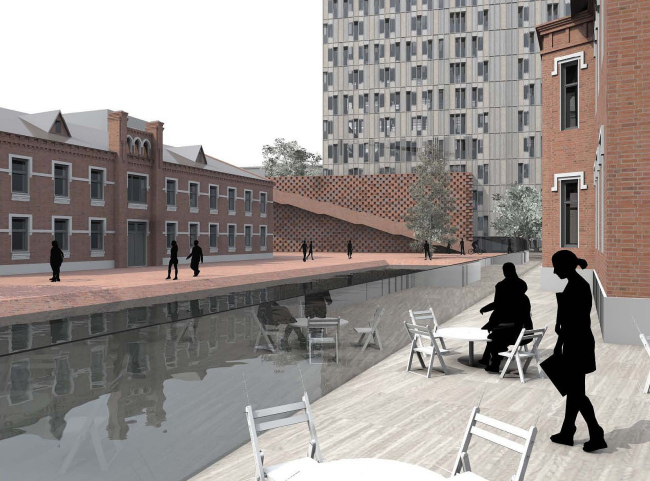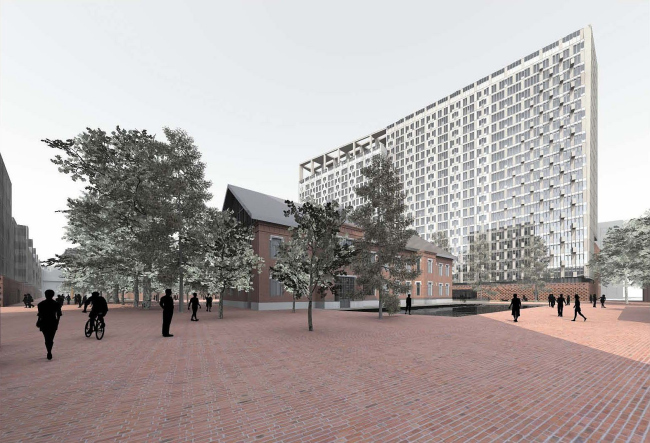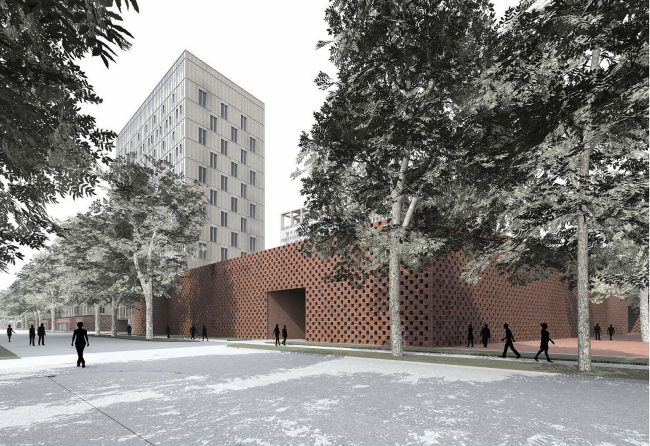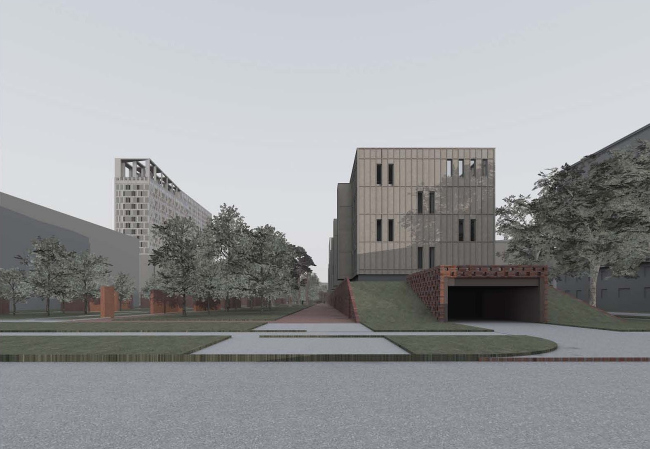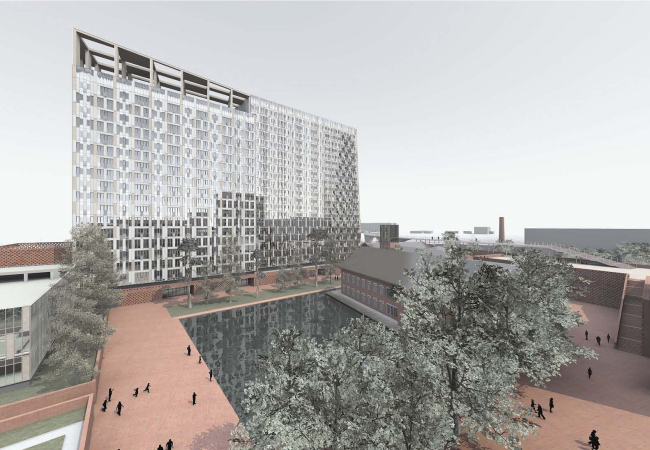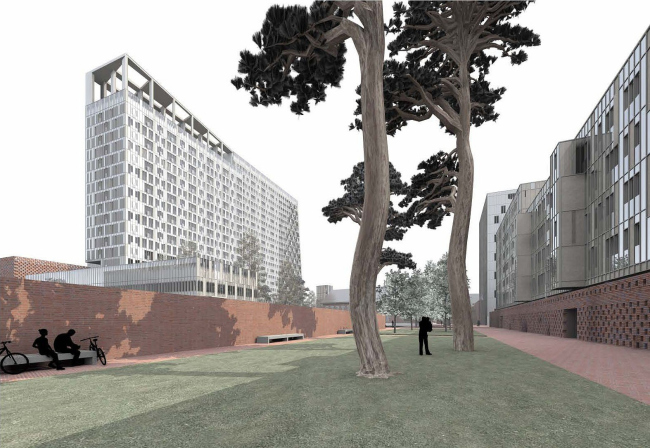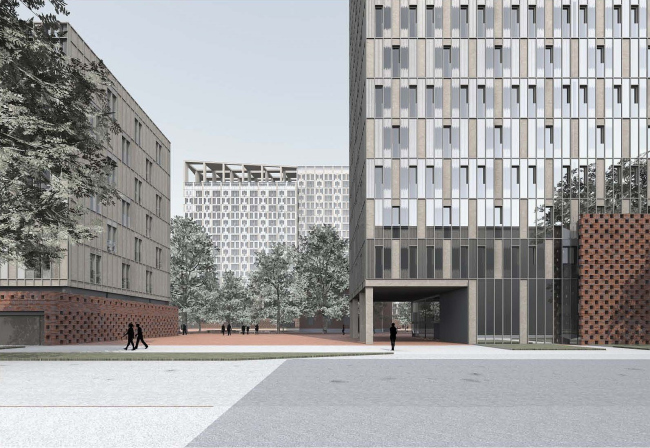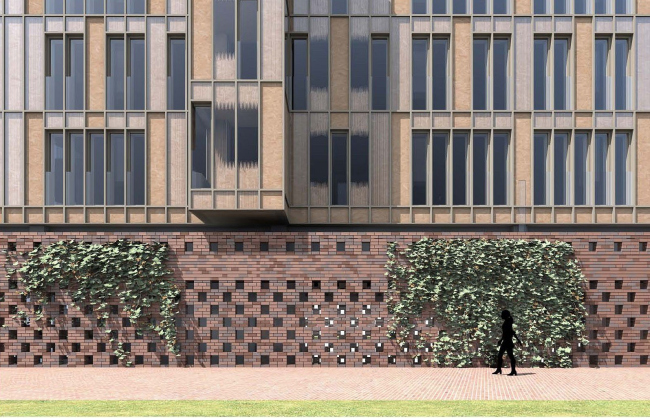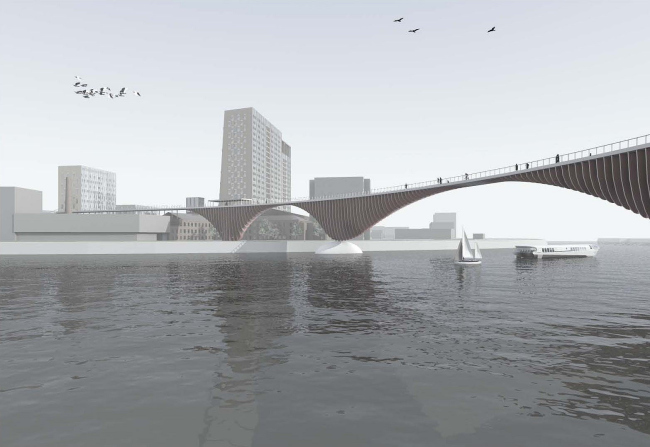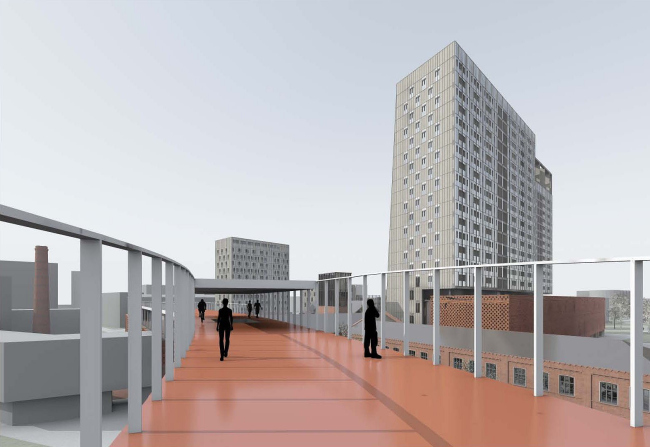|
Published on Archi.ru (https://archi.ru) |
|
| 18.04.2011 | |
|
Democratic module |
|
|
Anna Martovitskaya |
|
| Architect: | |
| Sergey Skuratov | |
| Studio: | |
| Sergey Skuratov architects | |
|
The architectural bureau “Sergei Skuratov Architects” won the international contest on the concept of a residential complex which will be built on Paveletskaya embankment. On the territory of the former Moscow cardboard printing and publishing factory the architects suggest constructing a kind of campus - a convenient and stylish area, designed primarily for young people. The geographical paradox – it is a city centre with poor accessibility (the site is cut off from the city by the railroad) – influenced the class of future housing. There can be built nothing but a budget “economy class", this is why the developer decided to construct for the youth: most of the apartments are quite small and designed for students, childless couples and young families with one child. "Obviously, such residential complex must have various infrastructure - cafes, clubs, galleries, services, sports facilities, and working over the project, we paid great attention to the balance between residential and public areas," - says the architect Sergey Skuratov. The requirement to arrange a large number of community facilities nearby the apartment buildings in turn suggested the architects not to demolish all the buildings of the factory, but to transform functions of some of them. So the industrial constructions of the early 20th century became part of the residential complex and its architectural image gain the brick so darling to Skuratov. In particular, the central square of the complex will be finished with the brick as well as basement storeys of the apartment buildings. Remarkably, in the latter case, Sergei Skuratov makes laced patterns: elegant diagonals of gaps not only add visual lightness to the basement levels but also fill the rooms within them with the daylight. The newly constructed building are grouped around the central pedestrian square with a pond, notably, one of the historic buildings appears right in the centre of the pond and quite predictably becomes a restaurant with summer terraces by the water. However, the building which from afar seems to be drifting on a narrow ice, has an important town-planning role - it closes prospect of the green boulevard which joins the central square of the complex and the 3rd Paveletsky passage. The authors were challenged to design buildings of cost-effective and quick-mounting materials. The author designed the bottom levels in brick, but the main facades are made on the principle of a mounted module. Its size is 0.7 x3, 30 m - on the one hand, this is enough, for example, for a balcony door, and on the other, such a small element in the scale of the entire façade allows creating a variety of combinations. The authors also made their best to solve transportation and pedestrian issues. In particular, they suggest constructing a pedestrian bridge over the Moscow River, which would connect the building site with the opposite river bank and Avtozavodskaya metro station. Now it is just a concept, so the architects designed it emphatically futuristic: supports of bright red are composed of separate semi-oval plates. Sergey Skuratov. Reconstruction project of the Moscow cardboard and printing factory. The original versionCopyright: © Sergey Skuratov Architects, 2014NoneNoneNone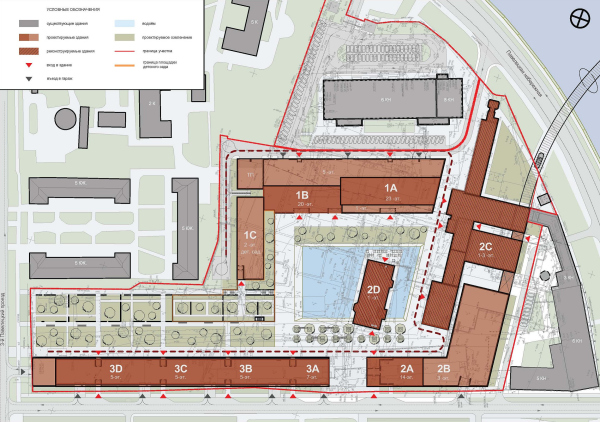 None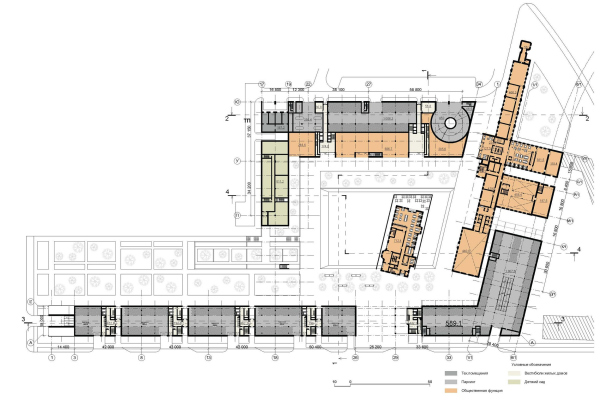 None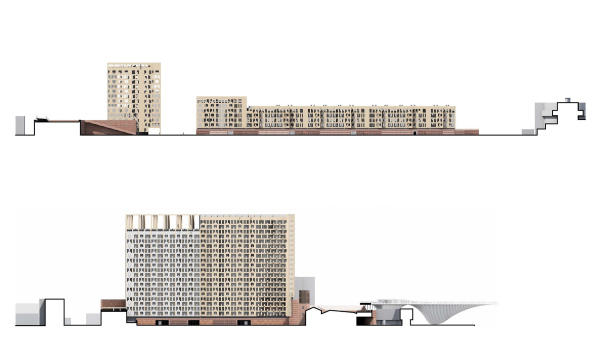 None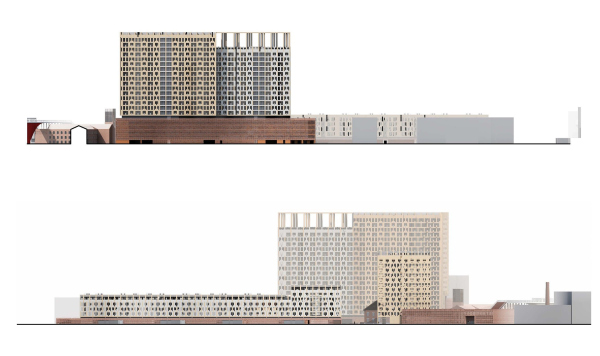 NoneNoneNoneNoneNoneNoneNoneSergey Skuratov. Reconstruction project of the Moscow cardboard and printing factory. The original versionCopyright: © Sergey Skuratov Architects, 2014NoneNone |
|
